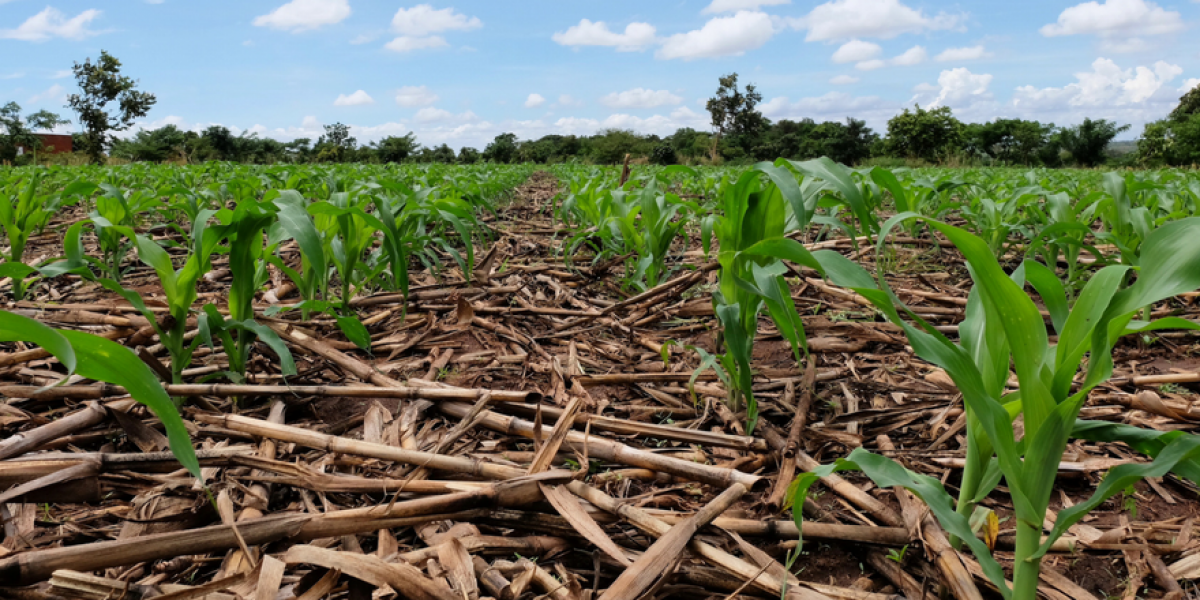Toxic weeds suppress the growth of staple crops and take over fields that could otherwise be used for agriculture. The UN Sustainable Development Goals emphasise the need to better manage land degradation and biodiversity loss and develop strategies to combat poverty. However, the invasion of rangelands and croplands by harmful non-native species is not specifically mentioned in the UN sustainability framework as a significant and emerging environmental issue. Equally, the AU Commission (AUC) sounds the alarm over rising food insecurity in Africa, but there are no tools or coherent strategies on how to address the challenges posed by invasive species in the context of enhancing food security. This briefing highlights the significance of earth observation (EO) data for the development of tools and strategies to curb the increasing spread of invasive species.









